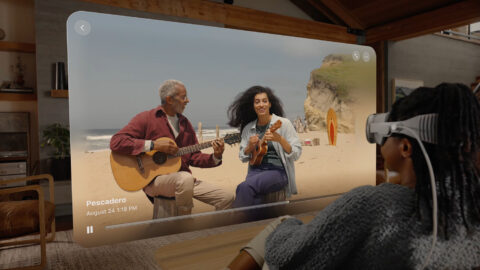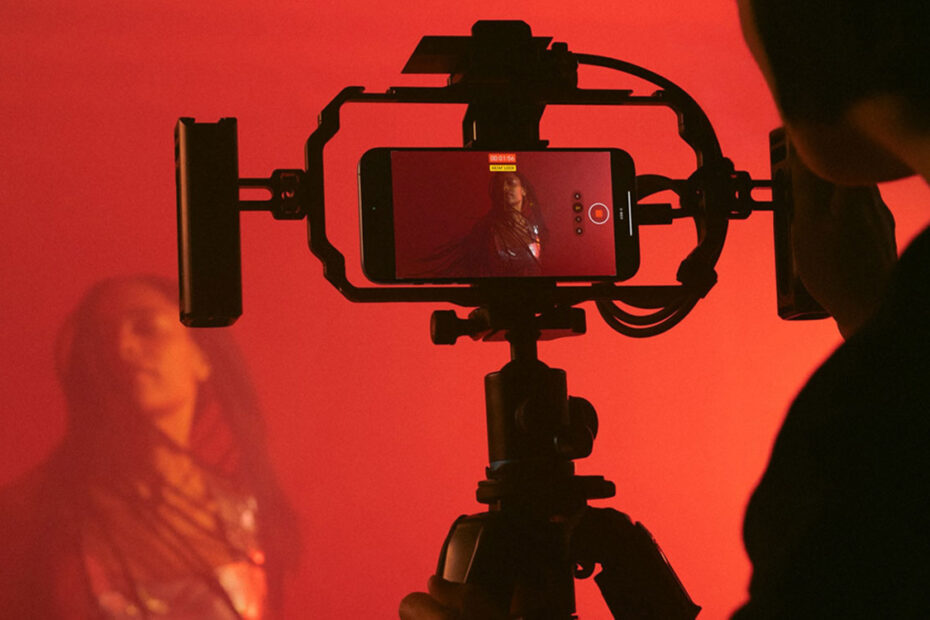Apple is looking to a future where you don’t regret the technology of the past
Inevitably, Apple infused its upcoming Vision Pro headset into its September event. One appearance happened when the company talked about the iPhone 15 Pro’s new camera system.
Initially, an Apple exec beamed that panoramas wrap around you when you’re wearing the headset. Although a panorama image remains a 2D plane. So even on Apple Vision Pro, it’ll be like looking at a photo painted on the inside of a tube.
But Apple also revealed something far more interesting: spatial video. By using the Ultra Wide and Main cameras together, the latest flagship iPhones can shoot three-dimensional video that can later be played back on Apple Vision Pro, letting you feel like you’re right back in the moment.

The feature is due later this year, and, honestly, Apple’s announcement provided more questions than answers. Will these videos be proprietary to Apple’s ecosystem, or will you be able to share them more widely? Will they need a special mode to be activated when shooting them? If not, can they be turned into a regular video? And how much storage will they require?
All these are unknowns, but I have an answer to one more question: isn’t this just a gimmick? I’d argue no. Sure, this won’t be a format many people will initially have access to. You need an expensive phone to shoot spatial videos and an even more expensive headset to view them on. But that will change.
Right now, Apple is thinking about the future rather than the present. It’s getting people to consider a format that can capture more of a moment and will give you joy in years to come when you revisit it. And much like higher-resolution snaps are more fulfilling than low-res JPEGs full of noise, and how Live Photos can evoke extra memories with their snippets of video and audio, the depth of spatial videos will add a richness to digital memories that will be more than welcome when they’re viewed a decade or more from today – assuming Apple ensures that you can do so.

